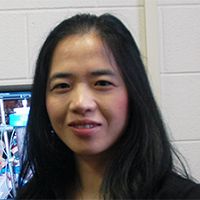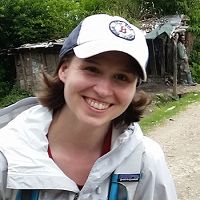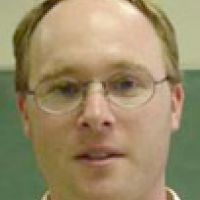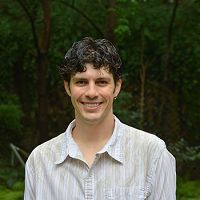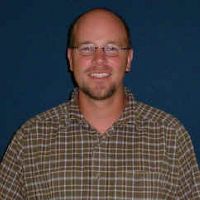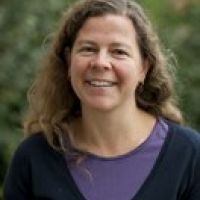Brantley et al., 2015
Using the Susquehanna - Shale Hills CZO to Project from the Geological Past to the Anthropocene Future
Brantley, Susan L., Davis, Kenneth J., Eissenstat, David M., Li, Li, Russo, Tess (2015)
NSF Award # 1331726 - Annual Report: Year 2
-
National, Eel, Luquillo, Shale Hills, INVESTIGATOR, COLLABORATOR
-
Shale Hills, INVESTIGATOR
-
Shale Hills, INVESTIGATOR
-
Shale Hills, INVESTIGATOR
-
Shale Hills, INVESTIGATOR
-
Shale Hills, INVESTIGATOR
-
Shale Hills, INVESTIGATOR
-
Shale Hills, INVESTIGATOR
-
Shale Hills, INVESTIGATOR
-
Shale Hills, INVESTIGATOR
-
Shale Hills, INVESTIGATOR
-
IML, Shale Hills, INVESTIGATOR
Abstract
We are developing models to use in earthcasting the CZ. Over short timescales and large spatial extents, we use an atmosphere-land surface model that couples meteorological and ecological processes with hydrological and biogeochemical processes in regolith by parameterizing i) depth to bedrock; ii) permeability; iii) water uptake by roots; iv) distribution of fractures and macropores. Over long timescales and smaller spatial extents, we are developing models that predict these regolith characteristics. Both the land-atmosphere and the regolith models describe changes in water, energy, sediment, and solute (WESS) fluxes, but from 10-3 y (water) to 106 y (regolith). For the sedimentary rocks underlying our CZO, we use these models to explore how the geological past has impacted the structure of regolith, and, in turn, how this structure contributes toward controlling today’s fluxes.
Citation
Brantley, Susan L., Davis, Kenneth J., Eissenstat, David M., Li, Li, Russo, Tess (2015): Using the Susquehanna - Shale Hills CZO to Project from the Geological Past to the Anthropocene Future . NSF Award # 1331726 - Annual Report: Year 2 .
 This Paper/Book acknowledges NSF CZO grant support.
This Paper/Book acknowledges NSF CZO grant support.
Associated Files
Annual Report - Year 2
(187 KB pdf)
Inter_CZO Activities - Year 2
(64 KB pdf)
Noteworthy Nuggets - Year 2
(1 MB pdf)
Explore Further



